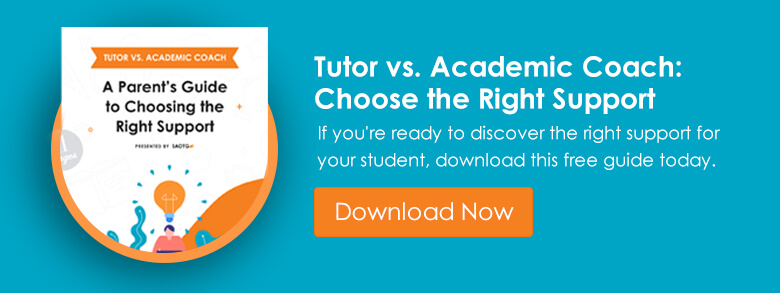In the last decade, academic institutions and youth programs have leaned heavily into the practice of experiential learning. Experiential learning is not a new phenomenon, but rather the simple process of learning through experience. What has emerged in the last few decades that has educators everywhere embracing experiential learning is the emergence of evidence on the value of reflection combined with experiential learning.
In 1984, David Kolb theorized what would widely become accepted as the basis for experiential learning, Kolb’s Experiential Learning Theory and Cycle. Kolb’s Cycle is divided into four consecutive steps; experience, reflect, abstract, and conceptualization. Through the implementation of Kolb’s Experiential Learning Cycle, educators around the world can harness the learning potential of “doing” and frame the value of an experience to be applied to virtually any situation. For example, students may go on a class trip where they complete a particularly arduous hike as a group. Completing the hike is the first step in the cycle, the experience. After the hike, a group leader guides the students in a discussion about their recent accomplishments, covering what went well, what didn’t go well, and what was learned during the process. This is the reflection step. After reflecting, comes abstraction, where the discussion leader will implore the students to dig deeper and discuss what learned skills were needed to complete the task at hand. As the discussion wraps up, the discussion leader will encourage the students to apply their newly learned skills to other areas of life in the conceptualization stage. Lessons learned on a hike, like the value of planning, perseverance, and that nothing worth doing is easy, can be applied to nearly every area of a student’s life, academic or otherwise.
Utilization of Kolb’s Experiential Learning Cycle is not limited to structured learning environments, such as a classroom setting or school trips, but can pertain to virtually any situation. Nor does Kolb’s Experiential Learning Cycle have to be applied in such a structured, formal manner. Kolb’s Experiential Learning Cycle can even be applied seamlessly at the family dinner table. Any experience had can be a learning experience when framed correctly. Whether you’re discussing your student’s failures, successes, or anything in between, the process of reflection, abstraction, and conceptualization can be applied with just a few pointed questions designed to encourage analytical and constructive thinking. If your student had a particularly stellar performance athletically one week but received a low grade on a math test the same week, ask questions that encourage your student to think about the transferable skills they used athletically. Skills like grit, hard work, and perseverance can be useful both in the classroom and on the playing field.
Kolb’s Cycle of Experiential Learning is not groundbreaking because it sheds light on some innovative concept that has, until now, alluded educators, but because it puts actionable steps and concrete terminology to what so many have found to be an easy and effective way to teach and learn. Not only does experiential learning provide your student to cause your student to think critically and develop real-world, transferable skills, but it accelerates learning, helps students cope with failure, and prepares them for adult life.





